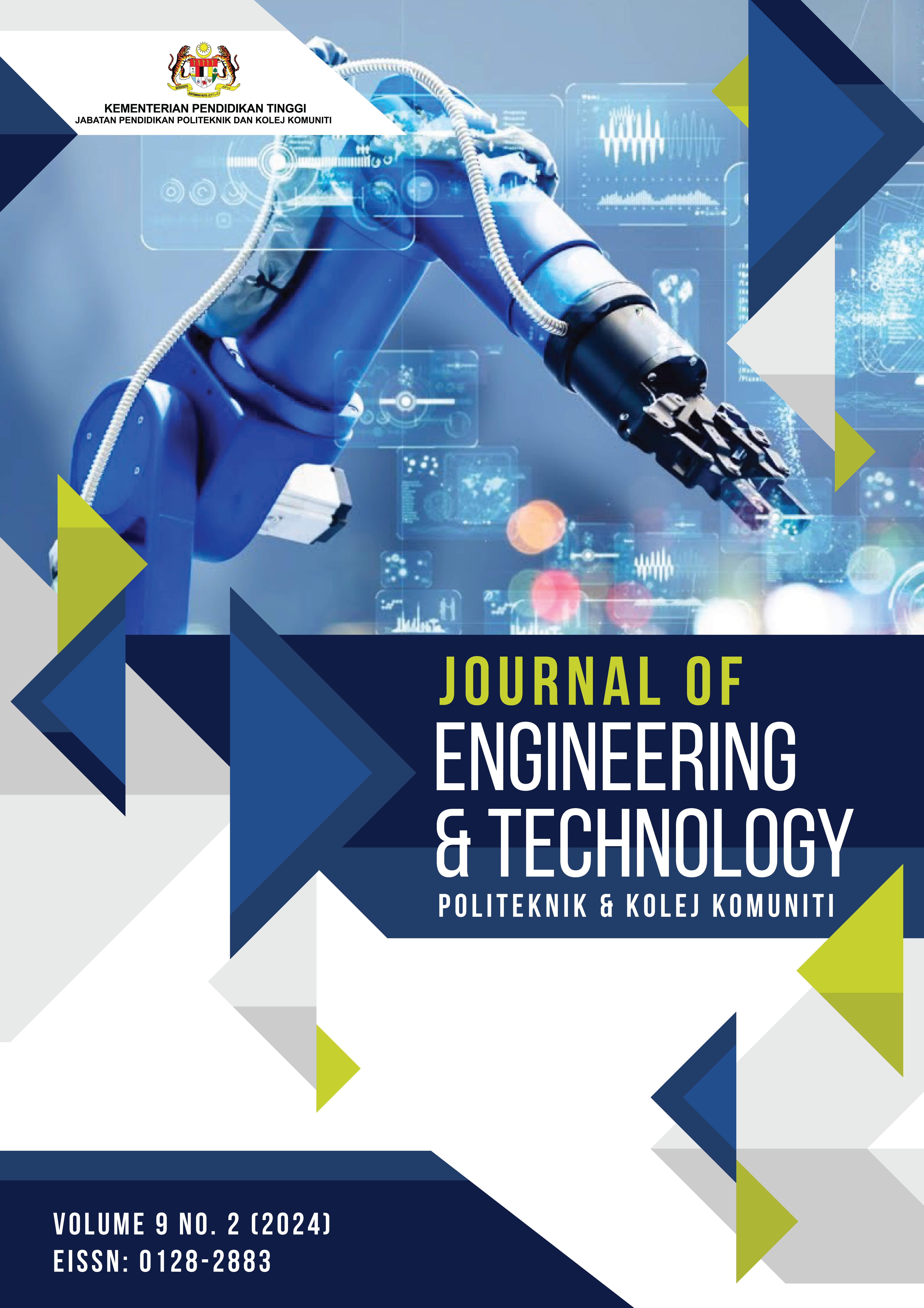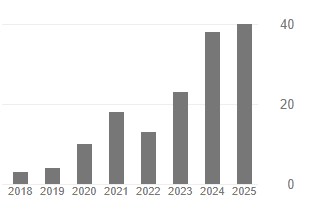Evaluating the Effects of Charging Rates on Lithium-Ion Battery Performance in Electric Scooters
Keywords:
Battery Health, Charging Efficiency, Electric Scooters, Lithium-ion Batteries, Thermal ManagementAbstract
Lithium-ion (Li-ion) batteries are widely used in electric scooters due to their high energy density and long cycle life. However, their charging characteristics significantly impact efficiency, safety, and durability. This study examined the effects of varying constant current (C-rate) charging rates (0.1C, 0.5C, and 1.0C) on charging time, temperature stability, and battery health. The results demonstrated that higher C-rates substantially reduced charging time from 10 hours 40 minutes at 0.1C to 1 hour 40 minutes at 0.5C, and only 1 hour at 1.0C. However, higher C-rates also increased thermal stress, which could accelerate battery degradation. Chargers operating at 0.5C and 1.0C included cooling fans to regulate temperature, whereas the 0.1C charger, lacking active cooling, exhibited elevated temperatures, and posed thermal risks. To enhance safety and potentially extend battery life, an automated 70% capacity cut-off was introduced to prevent overcharging. These findings highlight the trade-off between charging efficiency and battery lifespan, suggesting that although faster charging reduces downtime, it may adversely affect long-term battery health. Further research involving multiple charge cycles is needed to assess the long-term effects and optimise charging strategies for Li-ion batteries in electric scooters. This study contributes to knowledge by providing critical insights into the balance between charging efficiency, and battery longevity, and provide support to the development of optimised charging strategies for Li-ion batteries in electric scooters. Further studies involving multiple charge cycles are recommended to quantify long-term effects and enhance charging protocols for safer and more durable battery use.
Downloads
Published
How to Cite
Issue
Section
License
Copyright (c) 2024 Politeknik & Kolej Komuniti Journal of Engineering and Technology

This work is licensed under a Creative Commons Attribution-NonCommercial-NoDerivatives 4.0 International License.







